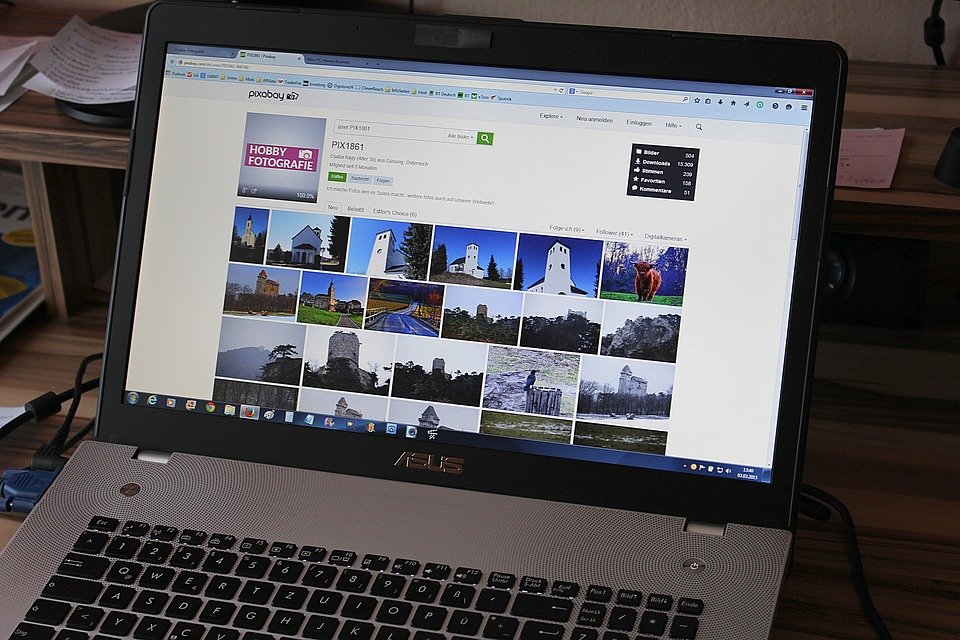The rise of remote and hybrid work models has transformed the way organizations operate, necessitating new tools and approaches to maintain productivity and collaboration. While working from home or across different locations can offer flexibility and work-life balance, it can also pose challenges in terms of communication, teamwork, and engagement. Real-time collaboration tools have emerged as essential for enabling seamless work across distributed teams, ensuring that remote and hybrid work environments remain just as productive—and even more innovative—than traditional in-office setups.
The Remote Work Challenge: Bridging Physical Distance
Before the widespread adoption of real-time collaboration tools, remote work often suffered from a lack of fluid communication and coordination. Team members working from different locations would rely heavily on asynchronous communication—like emails and scheduled meetings—which could create delays in the flow of information and decision-making. Additionally, remote employees often felt disconnected from their teams, leading to a drop in engagement and collaboration.
With the shift to remote and hybrid models becoming more common, the challenge has been to replicate the immediacy and cohesion of a physical office environment in a digital space. This is where real-time collaboration tools play a crucial role.
How Real-Time Collaboration Tools Enhance Remote Work
- Instant Communication and Connectivity: Real-time collaboration tools bridge the gap between physical distance by enabling instant communication, regardless of location. Platforms like Slack, Microsoft Teams, and Zoom provide chat features, video conferencing, and file sharing that allow team members to communicate in real time. This fosters spontaneous discussions that are often missing in remote work setups. For example, a quick question that might have been asked in person in an office can now be answered instantly through a messaging app, avoiding unnecessary delays.With the ability to initiate video calls and meetings at any time, these tools mimic the in-person interaction that remote workers might miss. A team leader can quickly gather team members for a brainstorming session or problem-solving meeting without waiting for scheduled times or formal invitations.
- Replicating the Office Environment Virtually: Real-time collaboration tools not only connect remote teams but also replicate the dynamics of an office space. Features like virtual whiteboards, breakout rooms, and shared workspaces allow teams to collaborate in a way that feels organic. Platforms like Miro, Zoom, and Microsoft Teams offer tools that facilitate brainstorming and creative collaboration in real time, giving remote workers the same level of engagement they would have in a physical room with sticky notes, whiteboards, and discussions.Breakout rooms during video meetings allow teams to split into smaller groups for more focused discussions and then reconvene for larger conversations. This encourages the same type of informal collaboration that would naturally occur in hallways or around a water cooler in an office.
- Maintaining Team Alignment: One of the biggest challenges in remote and hybrid work environments is keeping everyone aligned on goals, progress, and expectations. Real-time collaboration tools like Trello, Asana, and Monday.com offer project management features that keep remote teams organized and aligned. These platforms allow managers and teams to assign tasks, set deadlines, track progress, and receive real-time updates on project status, ensuring that everyone is aware of what needs to be done and by whom.Real-time dashboards and task tracking also ensure that remote team members remain accountable. Since team leaders and colleagues can see progress in real time, it reduces the risk of work falling through the cracks or deadlines being missed due to miscommunication.
- Ensuring Productivity Across Time Zones: A common challenge for remote teams, especially those distributed across different time zones, is maintaining productivity while accommodating varied working hours. Real-time collaboration tools solve this issue by providing platforms that allow asynchronous collaboration with real-time updates. For instance, if a team member in New York finishes their work and adds it to a shared document, a colleague in London can immediately pick up where they left off, ensuring continuous workflow without delays.Tools like Google Workspace, Microsoft Office 365, and Notion allow multiple users to edit and comment on documents in real time, providing a fluid collaboration process even when team members are working at different times. This approach ensures that progress isn’t hindered by geographical barriers, as work can continue around the clock.
- Building a Sense of Team and Culture: One of the challenges of remote and hybrid work environments is maintaining a sense of team cohesion and company culture. Without the physical presence of an office, employees may feel isolated or disconnected from their colleagues, which can affect collaboration, creativity, and overall morale.Real-time collaboration tools offer features that help build and maintain a sense of team, even when workers are geographically dispersed. Platforms like Slack or Microsoft Teams allow for informal communication through channels dedicated to social topics, virtual watercooler chats, or non-work-related conversations. Teams can celebrate achievements, birthdays, or other personal milestones virtually, helping to maintain camaraderie.Virtual team-building activities, such as online games, quizzes, or even virtual coffee breaks, can be facilitated through these platforms. This helps replicate the social bonding that would normally occur in an office environment, ensuring that remote workers still feel part of the team.
- Video Conferencing: Bringing Face-to-Face Interaction: While messaging and shared workspaces are critical for remote work, video conferencing remains one of the most important tools for maintaining personal connections. Seeing team members face-to-face, even virtually, helps foster a sense of presence and collaboration that email or messaging alone cannot provide.Tools like Zoom, Microsoft Teams, and Google Meet have made it possible to conduct meetings, conferences, and workshops with the same level of engagement as in-person meetings. Video conferencing enables team members to read non-verbal cues, build rapport, and have more meaningful discussions. This is particularly important for decision-making, brainstorming, and problem-solving sessions where the nuances of communication can impact outcomes.
Hybrid Work Environments: Blending In-Person and Remote Collaboration
In hybrid work models, where some employees work from the office while others work remotely, real-time collaboration tools are critical for ensuring that both groups can collaborate seamlessly. These tools create a level playing field where remote employees have the same access to information, communication, and collaboration opportunities as their in-office counterparts.
- Unified Collaboration Platforms: In hybrid environments, real-time collaboration tools serve as the central hub for communication and project management. Whether a team member is working from the office or from home, they can access the same shared documents, tasks, and communication channels. For example, platforms like Slack or Microsoft Teams allow in-office and remote workers to communicate in the same chat rooms, share files, and stay updated on the latest project developments.This unified approach ensures that no one feels left out of important conversations or decision-making processes, and that collaboration continues seamlessly across locations.
- Hybrid Meetings and Events: Real-time collaboration tools also enable hybrid meetings, where some participants are in a physical conference room while others join virtually. Tools like Zoom, Google Meet, and Microsoft Teams allow for smooth hybrid meeting experiences with features like screen sharing, virtual hand-raising, and chat functions. This ensures that remote participants are fully engaged and can contribute just as easily as those in the room.Additionally, hybrid events such as virtual workshops, training sessions, or even team-building activities can be facilitated through these platforms, ensuring that all employees, regardless of location, can participate in the same activities.
The Future of Work: The Role of Real-Time Collaboration Tools
As remote and hybrid work environments become the norm for many industries, real-time collaboration tools will continue to evolve to meet new demands. Already, we’re seeing the integration of artificial intelligence (AI), virtual reality (VR), and augmented reality (AR) into collaboration platforms, offering new ways for remote teams to interact and collaborate.
- AI-powered collaboration tools can assist with tasks like automatic note-taking during meetings, suggesting action items, and even managing project workflows.
- Virtual reality platforms like Spatial are being developed to create fully immersive virtual workspaces where remote employees can interact with 3D models, digital whiteboards, and avatars in a more engaging and lifelike way.
These advancements will further enhance the ability of teams to work together, regardless of physical location, driving greater innovation, productivity, and creativity.
Conclusion
Real-time collaboration tools are the backbone of modern remote and hybrid work environments. By facilitating instant communication, enabling seamless project management, and replicating the dynamics of in-person collaboration, these tools ensure that teams remain productive, connected, and innovative, no matter where they are located. As the future of work continues to evolve, embracing these tools will be essential for organizations looking to thrive in a more flexible, distributed, and dynamic world.
To stay up to date with the latest news and trends, To learn more about our vision and how we’re making a difference, check out OC-B by Oort X Media.




